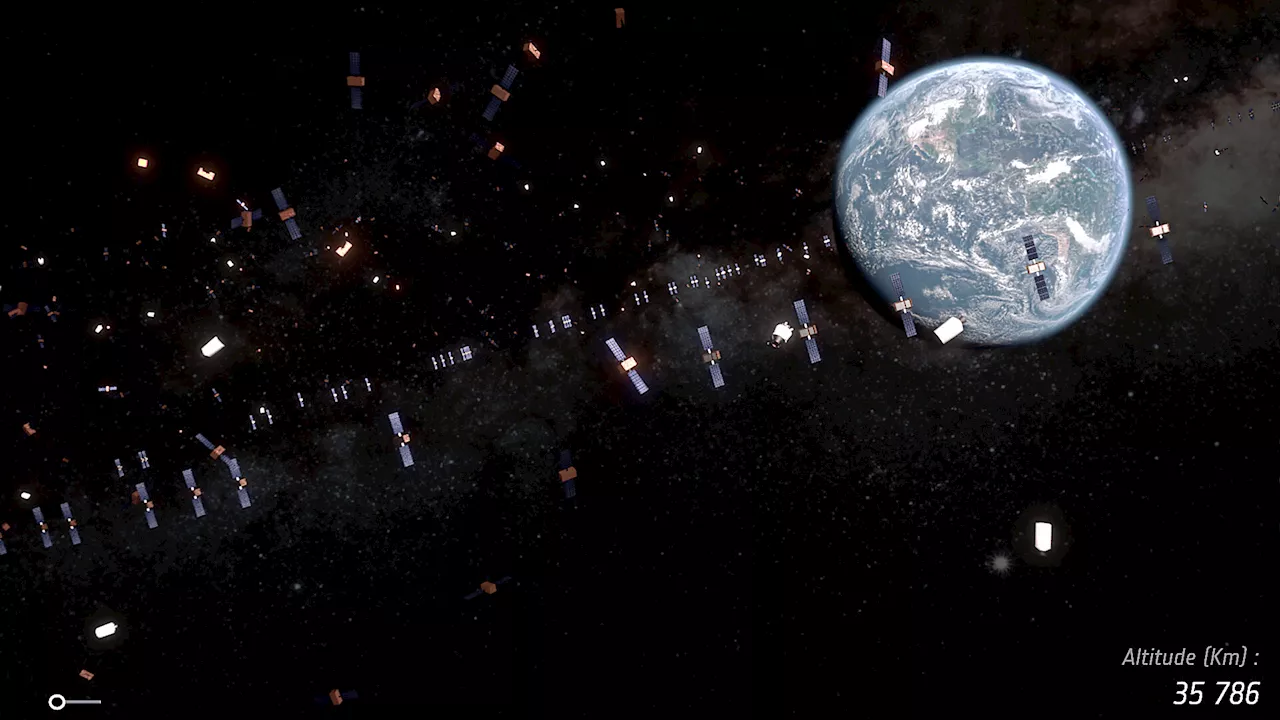The increasing number of rockets launched into space is creating a growing problem: orbital debris. This debris poses a significant risk to satellites, spacecraft, and even commercial air travel.
The escalating number of rockets launched into space since the dawn of the Space Age has resulted in a growing concern: orbital debris . Over 6,740 rockets have been sent to space in the past 60 years, leaving behind an estimated 56,450 objects in orbit. While 36,860 of these objects are regularly tracked and maintained, the remaining 19,590 represent a significant hazard. This includes defunct satellites, spent rocket stages, and debris from propellant explosions and orbital collisions.
This issue has dire consequences, potentially triggering a cascade effect known as the Kessler Syndrome. This phenomenon occurs when collisions between debris create more debris, leading to a chain reaction that threatens the functionality of satellites, spacecraft, and future space exploration endeavors. The United States and China lead the way in launching rockets, and with the rate of breakups currently at 10 to 11 per year, the number of debris objects in orbit is projected to continue rising.The impact of this growing debris field extends beyond satellites, posing a risk to commercial air travel. According to a study by a team from the University of British Columbia (UBC), there is a 1 in 4 chance each year that debris falling to Earth will enter busy airspace. While the probability of debris hitting an aircraft is low (1 in 430,000), the UBC team's research highlights the potential for significant disruptions to commercial flights and the associated costs. Recent incidents, such as the explosion of a SpaceX Starship prototype on January 16th, have underscored the challenges of managing uncontrolled debris re-entry.The explosion forced the closure of airspace, causing flight diversions and delays. This event serves as a stark reminder of the urgent need for solutions to mitigate the risks posed by orbital debris. One potential solution is to design rockets to re-enter the Earth's atmosphere in a controlled manner, ensuring they crash into remote ocean areas away from populated regions and air traffic corridors. However, this requires collective international action and a commitment from all spacefaring nations and companies to adopt safer launch practices
Orbital Debris Kessler Syndrome Space Junk Space Exploration Aviation Safety Rocket Launches
United States Latest News, United States Headlines
Similar News:You can also read news stories similar to this one that we have collected from other news sources.
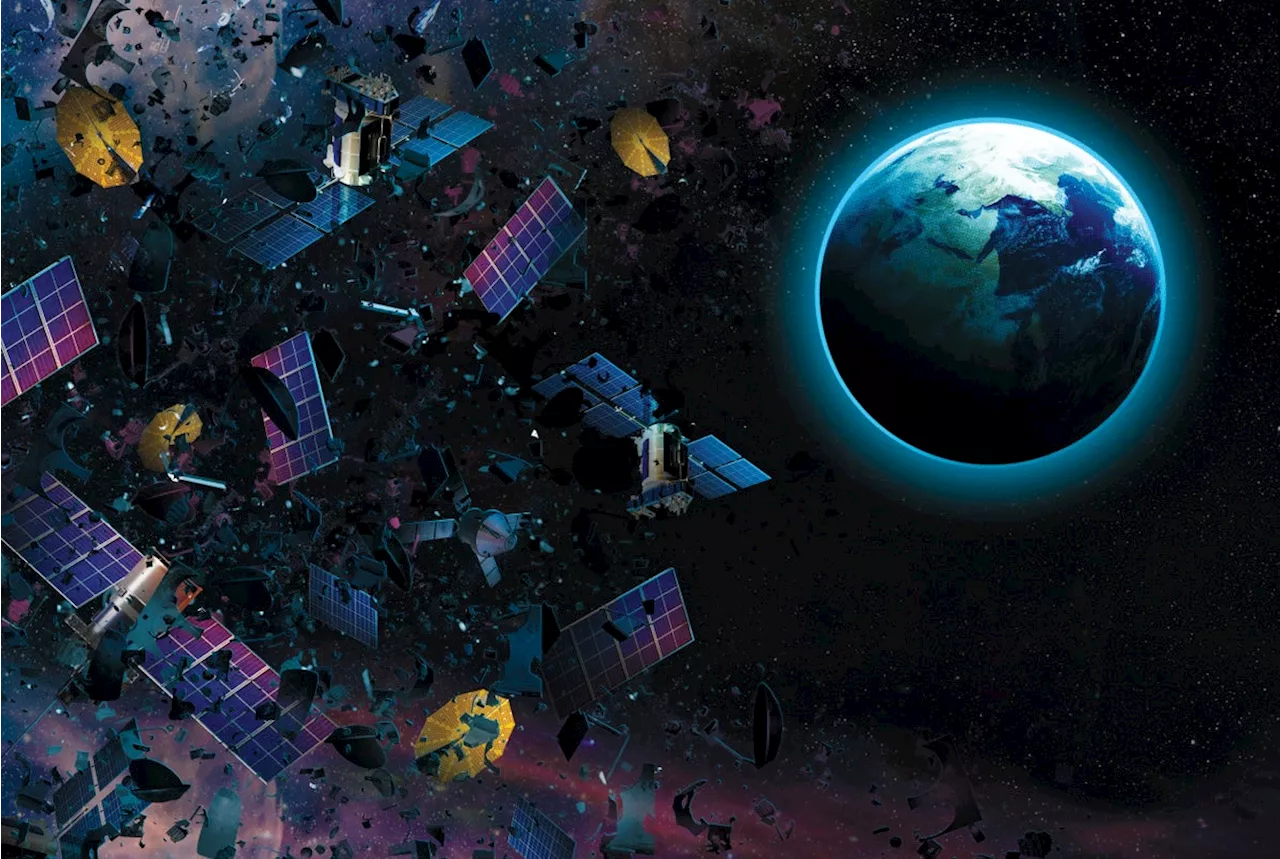 Space Debris: A Growing Threat to SustainabilityThe rapid increase in space launches has led to a dangerous accumulation of debris in Earth orbit, posing a significant threat to working satellites and future space exploration. The article discusses the need for a circular space economy to address this issue, emphasizing the importance of sustainable practices such as designing for reuse, repairing satellites, and recycling space debris.
Space Debris: A Growing Threat to SustainabilityThe rapid increase in space launches has led to a dangerous accumulation of debris in Earth orbit, posing a significant threat to working satellites and future space exploration. The article discusses the need for a circular space economy to address this issue, emphasizing the importance of sustainable practices such as designing for reuse, repairing satellites, and recycling space debris.
Read more »
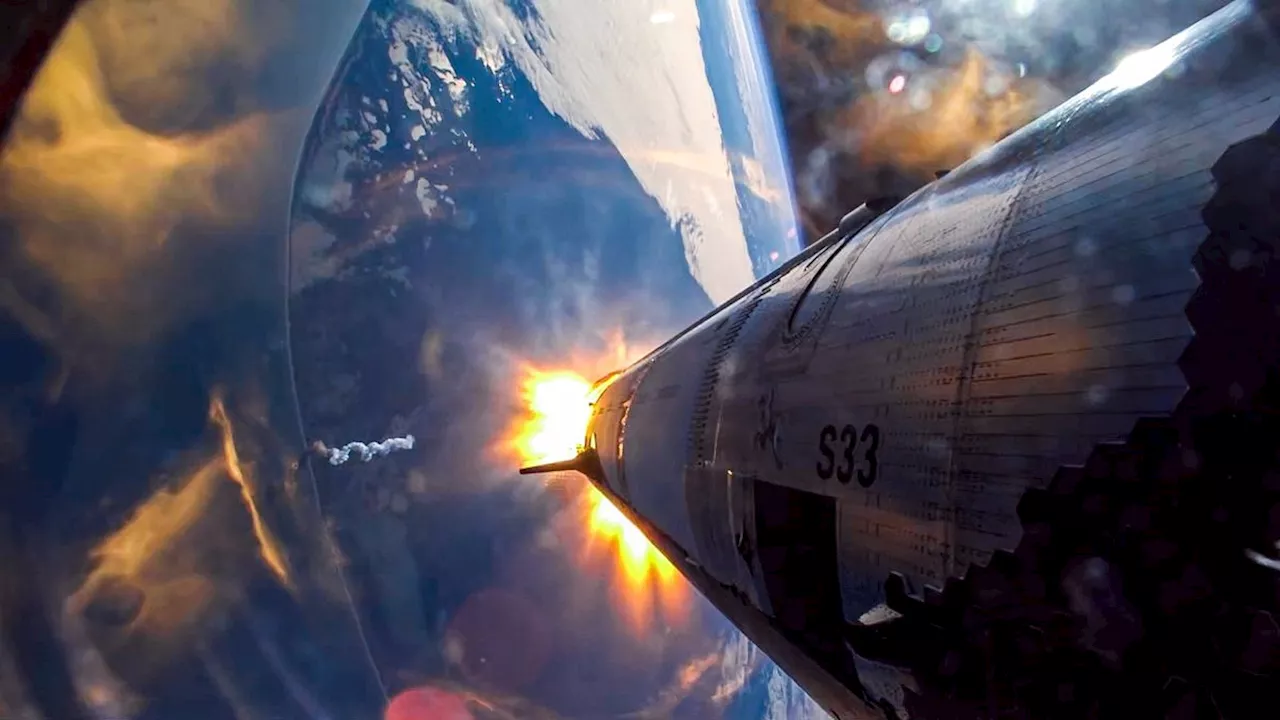 Uncontrolled Space Debris Poses Growing Threat to Air TravelFalling space debris is becoming an increasing concern, as its uncontrolled re-entry into Earth's atmosphere poses a risk of collision with aircraft. While the probability of a strike is low, the consequences could be catastrophic. The FAA reported that several flights were delayed or diverted due to space debris falling near their routes. The article discusses the increasing frequency of uncontrolled re-entries and the dilemma faced by authorities in balancing safety and economic considerations.
Uncontrolled Space Debris Poses Growing Threat to Air TravelFalling space debris is becoming an increasing concern, as its uncontrolled re-entry into Earth's atmosphere poses a risk of collision with aircraft. While the probability of a strike is low, the consequences could be catastrophic. The FAA reported that several flights were delayed or diverted due to space debris falling near their routes. The article discusses the increasing frequency of uncontrolled re-entries and the dilemma faced by authorities in balancing safety and economic considerations.
Read more »
 Space Debris: Growing Threat to Aircraft SafetyA new study warns of the increasing risk of space debris impacting aircraft, highlighting the need for controlled reentries for all rocket missions.
Space Debris: Growing Threat to Aircraft SafetyA new study warns of the increasing risk of space debris impacting aircraft, highlighting the need for controlled reentries for all rocket missions.
Read more »
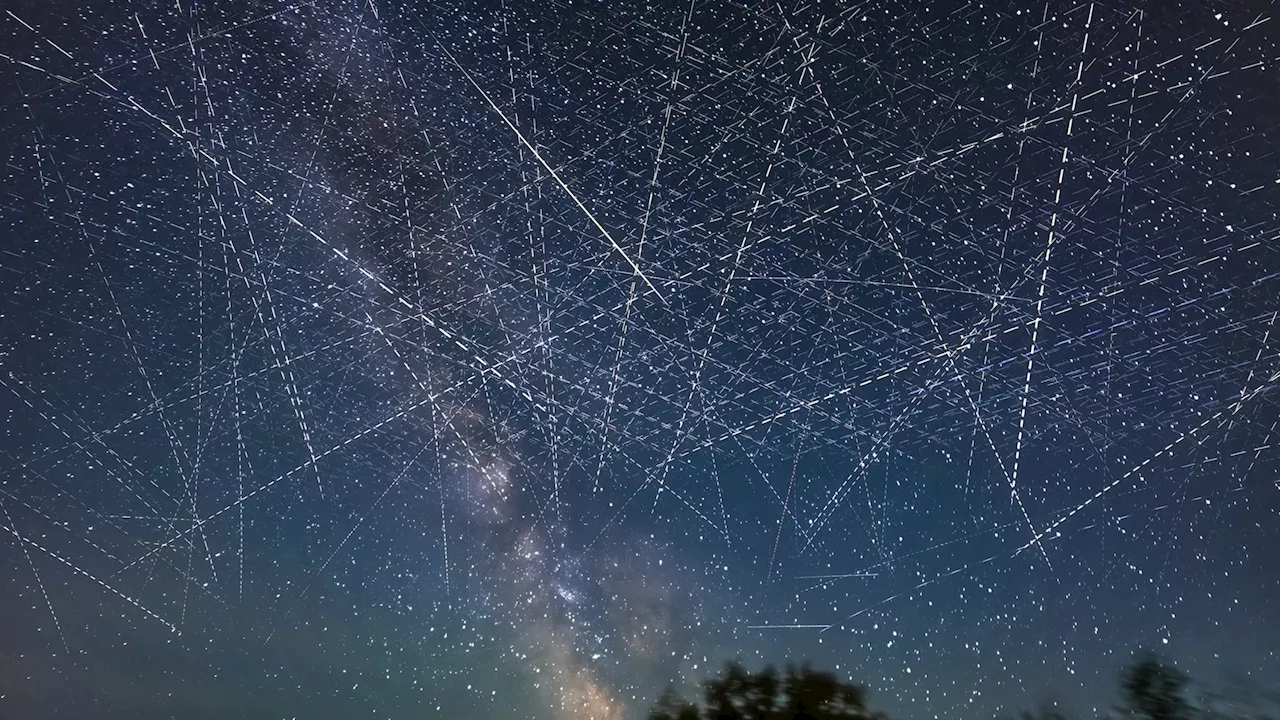 Space Debris From Rocket Bodies Poses Growing Threat to Air TravelNew research reveals that space debris from rockets is increasingly endangering aircraft as they re-enter Earth's atmosphere. Although the probability of a collision remains low, the risk is rising due to the rapid expansion of both the aviation and spaceflight industries.
Space Debris From Rocket Bodies Poses Growing Threat to Air TravelNew research reveals that space debris from rockets is increasingly endangering aircraft as they re-enter Earth's atmosphere. Although the probability of a collision remains low, the risk is rising due to the rapid expansion of both the aviation and spaceflight industries.
Read more »
 Space Debris: A Growing Threat to Air TravelThe increasing number of rockets launched into space is creating a significant amount of debris, posing a growing risk to air travel. A recent study highlights the increasing likelihood of debris re-entering the atmosphere and impacting busy airspace.
Space Debris: A Growing Threat to Air TravelThe increasing number of rockets launched into space is creating a significant amount of debris, posing a growing risk to air travel. A recent study highlights the increasing likelihood of debris re-entering the atmosphere and impacting busy airspace.
Read more »
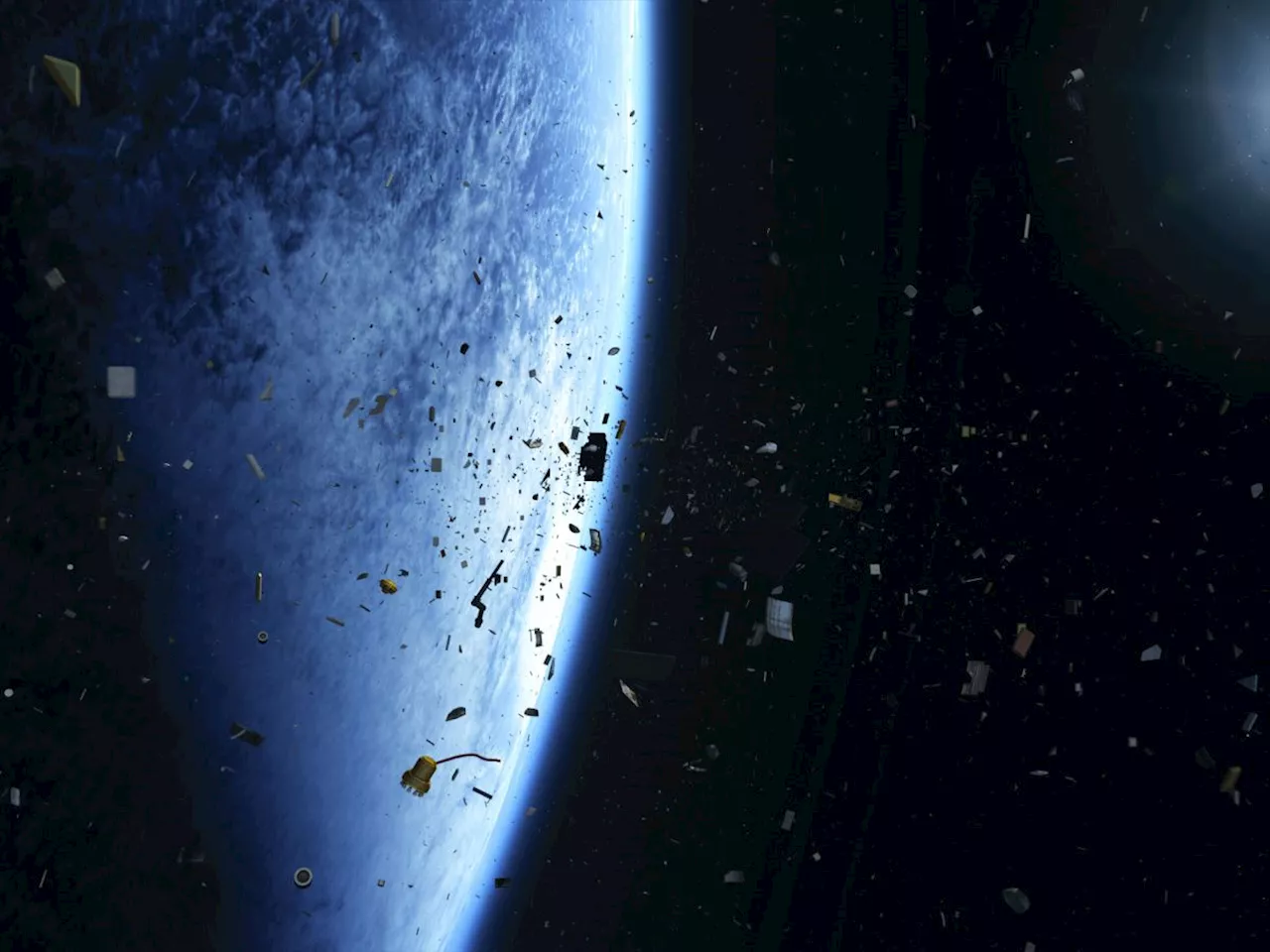 Space Debris: A Growing Problem with Technological and Political HurdlesThe rapid increase in space debris poses a significant threat to satellites and space stations. While organizations are working to address the problem, technological limitations and political challenges remain. The European Space Association emphasizes the need for international cooperation, technological advancements, and sustainable space practices to mitigate the risks associated with space debris.
Space Debris: A Growing Problem with Technological and Political HurdlesThe rapid increase in space debris poses a significant threat to satellites and space stations. While organizations are working to address the problem, technological limitations and political challenges remain. The European Space Association emphasizes the need for international cooperation, technological advancements, and sustainable space practices to mitigate the risks associated with space debris.
Read more »
